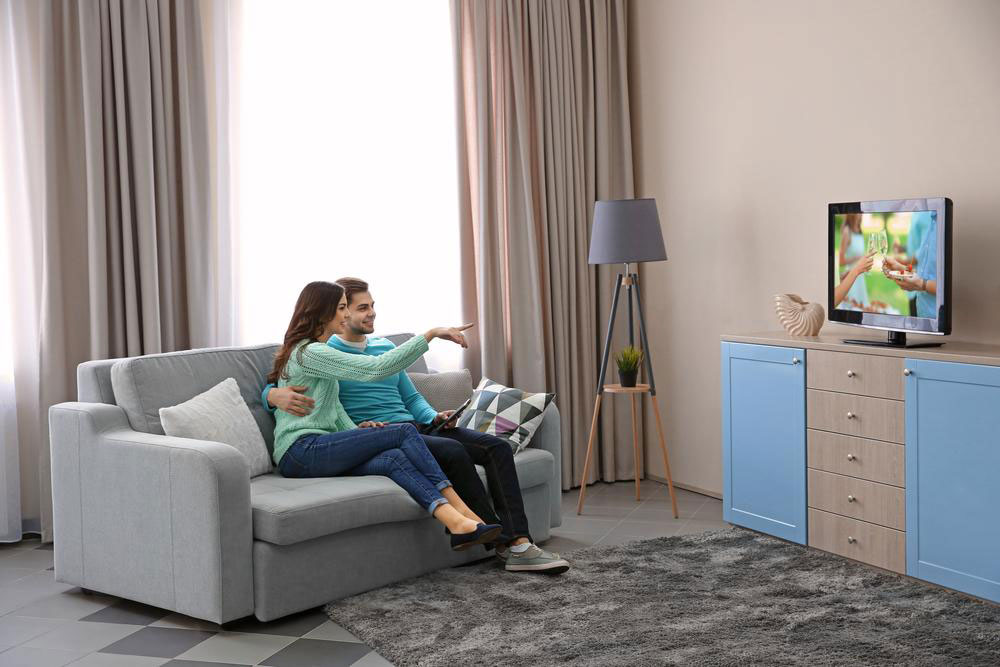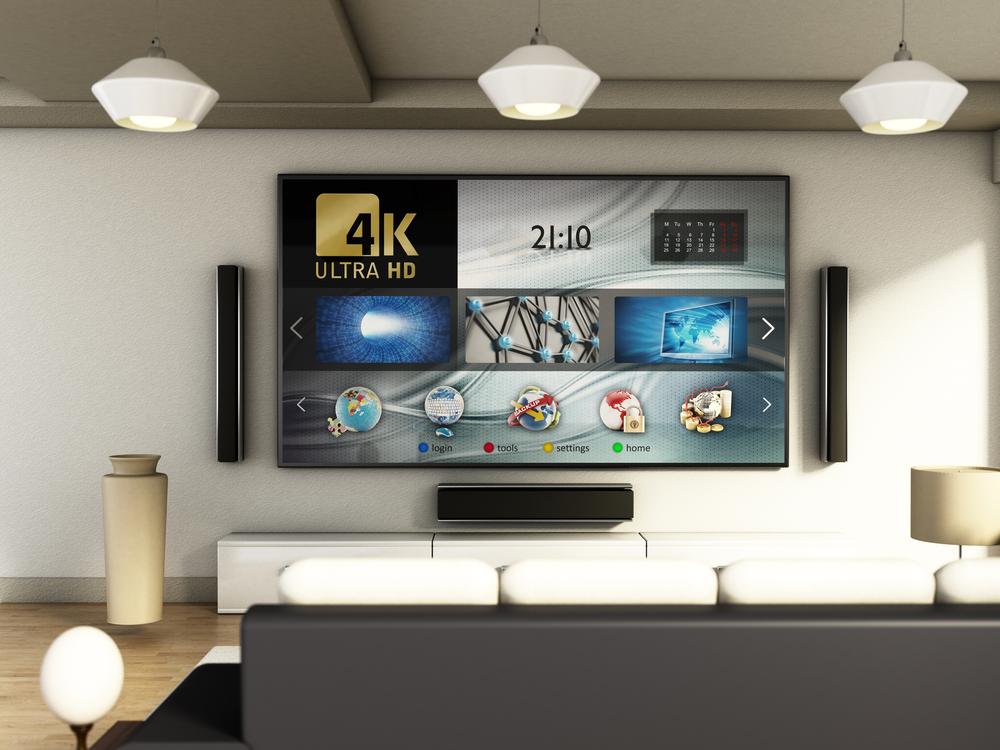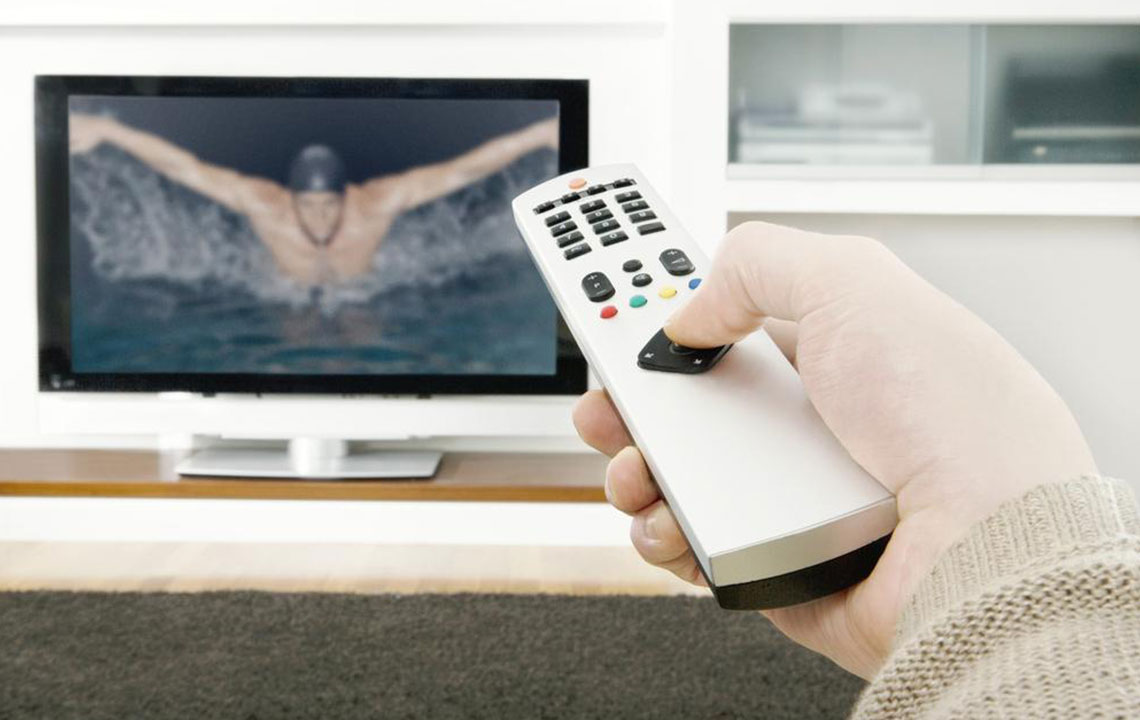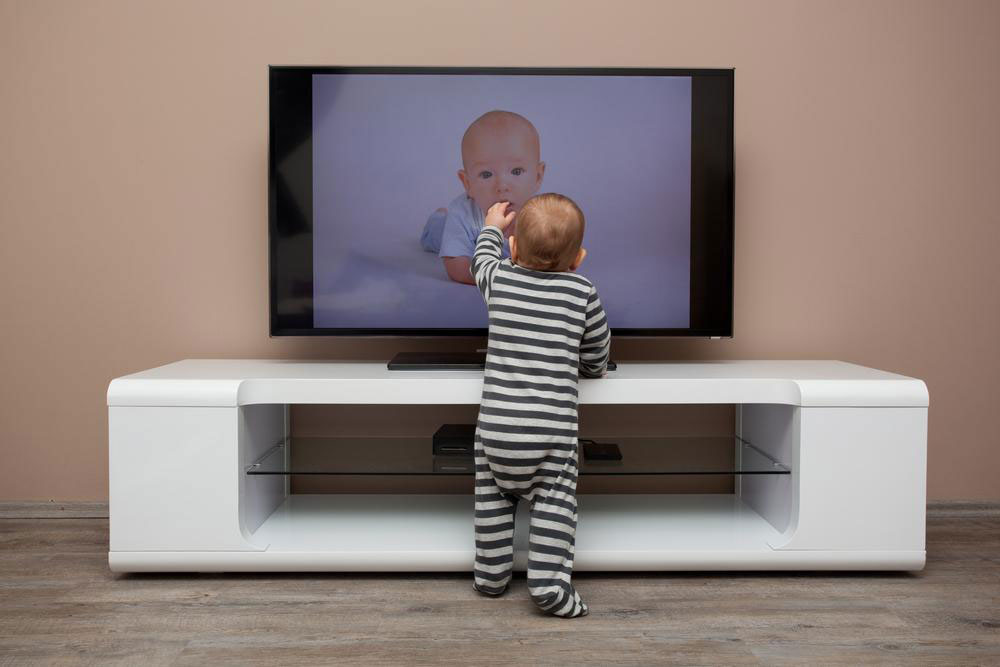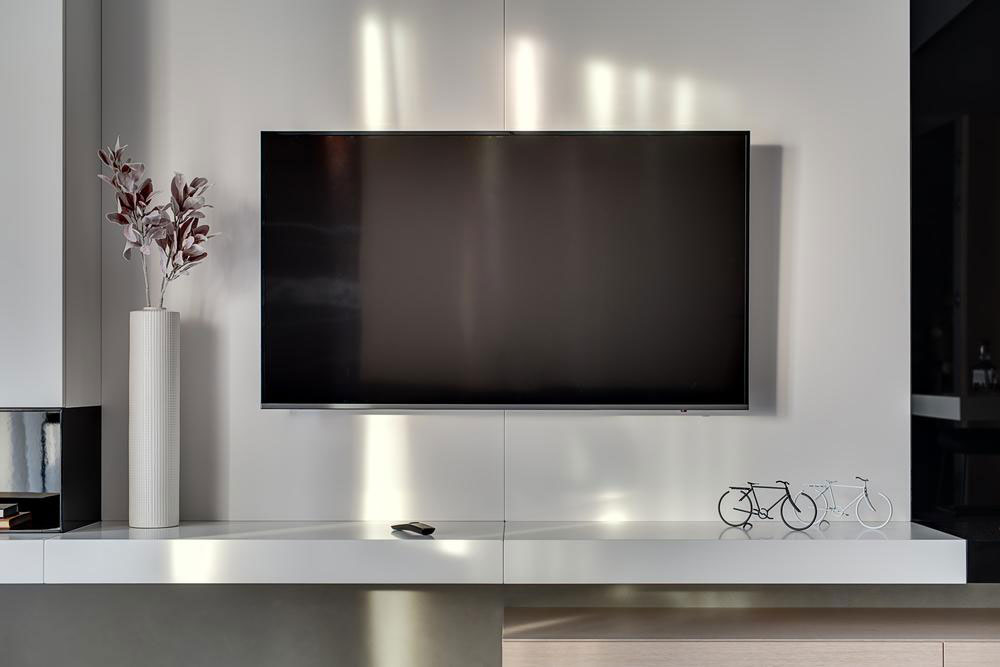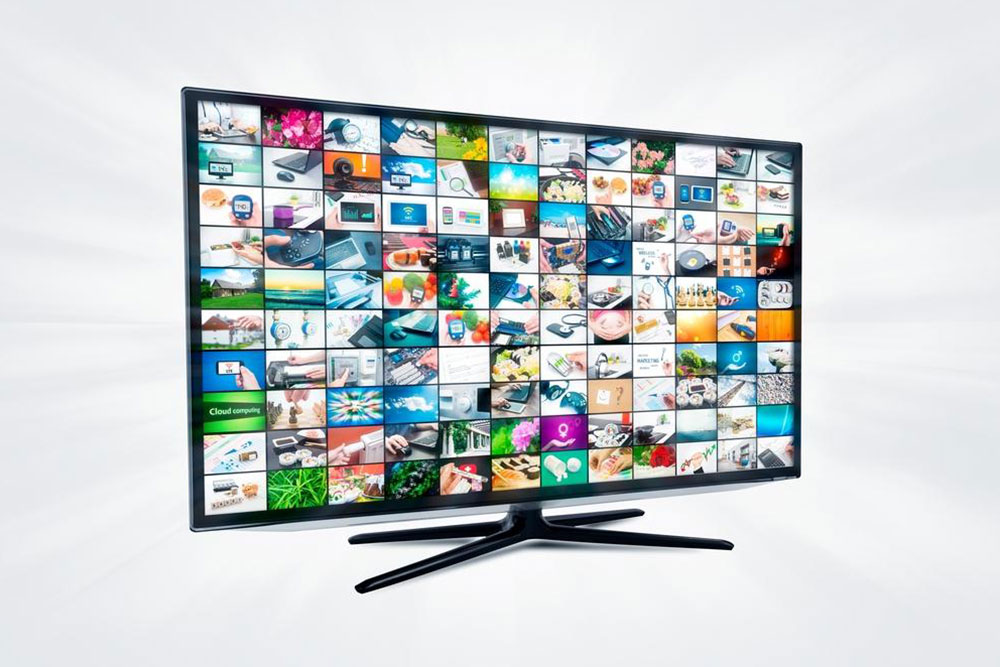Comprehensive Guide to Choosing the Perfect Flat Screen Smart TV for Your Home
Discover expert tips for choosing the perfect flat screen smart TV that suits your space and viewing preferences. This guide covers display options, size considerations, connectivity features, and design tips, helping you make informed decisions for your home entertainment setup. Whether upgrading your current TV or buying your first smart TV, find insights to ensure a satisfying purchase that enhances your entertainment experience for years to come.
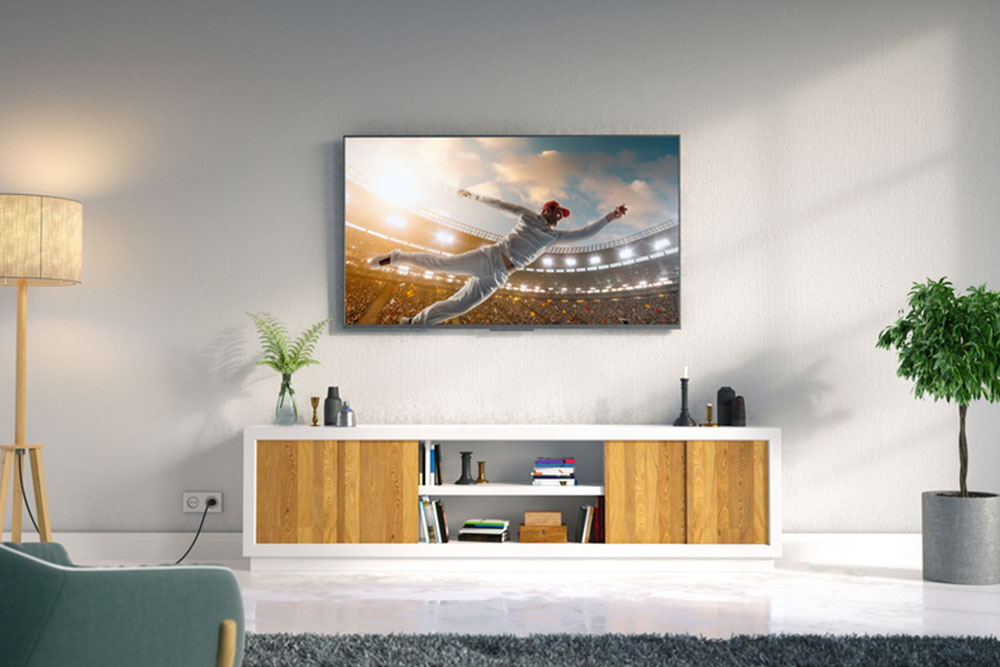
Essential Considerations When Selecting a Flat Screen Smart TV
Embarking on the journey to purchase a new television can be both exciting and daunting. With the vast array of models, features, and brands available today, making an informed decision requires careful thought and understanding. Every year, manufacturers introduce new technologies and innovative features, which can make it overwhelming for consumers to identify what truly matters. To ensure you invest in a device that enhances your entertainment experience without unnecessary spending, it’s crucial to understand what factors are most important in choosing the right flat screen smart TV. This comprehensive guide aims to provide you with detailed insights, helping you navigate the selection process with confidence and clarity.
Stay with us as we explore vital aspects such as display technology, screen size, connectivity options, and design considerations. With these insights, you'll be well-equipped to select a model that fits your needs, budget, and living space, ensuring countless hours of enjoyable viewing experiences in the comfort of your home.
Understanding Display Technology
One of the most critical aspects of a flat screen smart TV is its display panel. The different technologies—LED, LCD, OLED, and QLED—each have unique features that influence picture quality, contrast, color accuracy, and overall viewing experience. Grasping these differences can help you choose a TV that delivers the visual performance you desire.
LED and LCD Panels
LED (Light Emitting Diode) and LCD (Liquid Crystal Display) panels are among the most common options on the market. LED TVs are a type of LCD TV that uses LED backlighting instead of the older fluorescent lights. They provide better brightness, contrast, and energy efficiency. LCD televisions are known for their affordability and reliable performance but may lack the deep blacks and wide color spectrum that more advanced technologies offer. When considering these options, think about the level of picture quality you prefer and how much you’re willing to invest.
OLED Technology
OLED (Organic Light Emitting Diode) panels represent a significant step forward in display innovation. Each pixel in an OLED screen emits its own light, resulting in superior contrast ratios, deeper blacks, and more vibrant colors. OLED TVs are often praised for their exceptional picture quality, making them a favorite among cinephiles and tech enthusiasts. However, they tend to be more expensive and may be more susceptible to screen burn-in over time. If your primary use involves watching high-definition content or gaming, OLED might be the ideal choice, provided it fits within your budget.
QLED Technology
QLED, or Quantum-dot Light Emitting Diode, is a technology developed by Samsung that enhances traditional LED panels with quantum dots. This results in brighter images and a broader color spectrum. QLED TVs are a great middle ground, offering vivid visuals akin to OLEDs but typically at a lower cost. They are well-suited for brightly lit rooms and overall versatile viewing environments. Consider QLED if you want high-quality visuals without the premium price of OLEDs.
Choosing the Right Screen Size
The next critical factor is the size of your TV. Larger screens are immersive and perfect for spacious living rooms, but they also need enough space and viewing distance to be effective. Conversely, smaller screens work well in bedrooms or smaller spaces where a large display might be overwhelming or impractical.
To determine the optimal size, measure your viewing distance—the ideal is usually about 1.5 to 2.5 times the diagonal size of the TV. For instance, if you plan to sit about 8 feet (96 inches) from the screen, a 55-65 inch TV generally provides a comfortable viewing experience. Remember to also consider your room layout and furniture placement in order to select a size that complements your space.
While bigger isn’t always better, investing in an appropriately sized display can significantly enhance your viewing pleasure, making movies, sports, and gaming sessions more engaging and comfortable.
Connectivity and Smart Features
Modern smart TVs come equipped with various connectivity options that expand their functionality beyond traditional broadcast viewing. When choosing your ideal model, consider the available ports and wireless options that will allow you to connect your devices seamlessly.
Wi-Fi and Ethernet Support
Ensure your TV supports dual-band Wi-Fi to stream content smoothly from platforms like Netflix, Hulu, or Amazon Prime. An Ethernet port is also beneficial if you prefer wired connections for stable internet access, especially when streaming in high definition.
HDMI, USB, and Other Ports
Multiple HDMI ports enable you to connect gaming consoles, Blu-ray players, soundbars, and other external devices. USB ports allow you to connect flash drives or external hard disks to view photos or play videos directly. Check the number and placement of these ports to ensure your setup will be convenient and clutter-free.
Built-in Apps and Voice Control
Most smart TVs come with pre-installed apps for popular streaming services, making it easier to access your favorite content without additional devices. Voice control features via Alexa, Google Assistant, or proprietary systems can further simplify operation and improve accessibility—especially useful if you prefer hands-free control.
Design and Build Quality
While features are important, don’t overlook the aesthetics and build quality of the television. Look for a sleek design that complements your home decor. Thin bezels maximize your viewing area, and sturdy stands or wall-mount compatibility can enhance your overall setup. A high-quality frame also ensures durability over years of use.
Flat vs. Curved Screens: Which Is Better?
When deciding between flat and curved screens, consider your viewing environment. Curved screens are designed to provide an immersive experience by wrapping around your field of vision. However, they often require you to sit directly in front of the screen to enjoy optimal picture quality, which can be limiting in larger or shared spaces.
Flat screens, on the other hand, offer versatile viewing angles and are generally more suited for multiple viewers and various seating arrangements. They are also easier to mount and integrate into different room styles. For most households seeking flexibility and ease of setup, flat screens are the preferred choice.
Final Tips: Making a Well-Informed Choice
Investing in a flat screen smart TV is a substantial decision that can greatly influence your home entertainment experience. To ensure you select the best model for your needs, consider factors like display technology, size, connectivity options, and design preferences. Read reviews, compare specifications, and, if possible, view the models in person before making a purchase.
Remember that a higher price doesn’t always equate to better quality, so prioritize features that align with your viewing habits and budget. With thorough research and careful consideration, you’ll find a flat screen smart TV that provides excellent picture quality, smart functionalities, and seamless integration into your living space, making every viewing session enjoyable and immersive.
